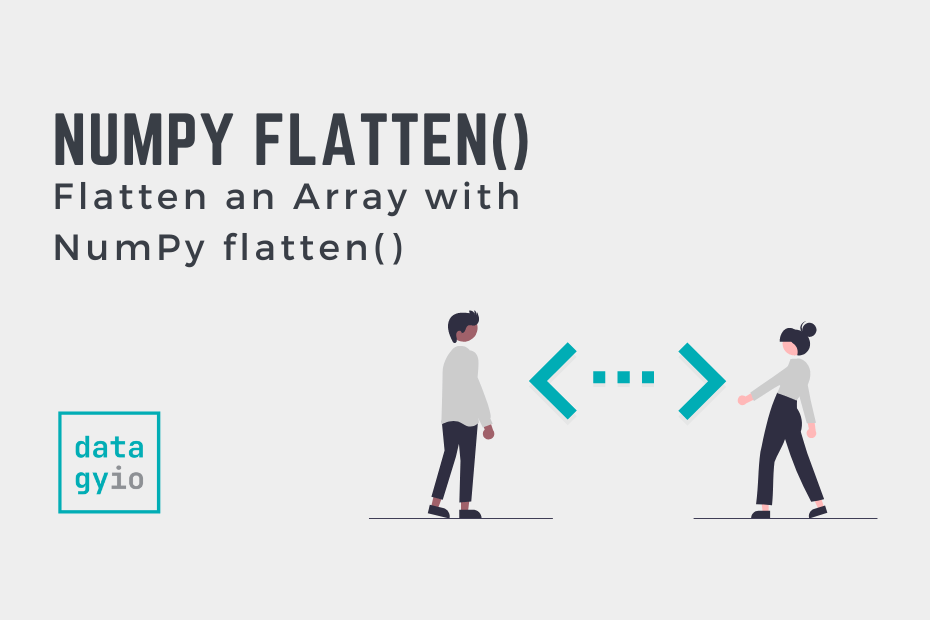Flatten an Array with NumPy flatten
In this tutorial, you’ll learn how to flatten an array with NumPy flatten function, meaning that an array is collapsed to a single dimension. The NumPy flatten function allows you to turn a multi-dimensional array into a single-dimensional array. The












